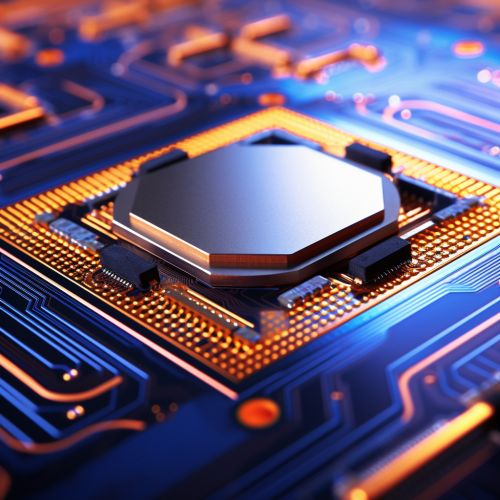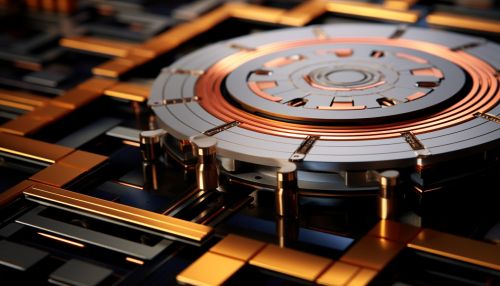Spin Torque Transfer Magnetoresistive Random Access Memory
Introduction
Spin Torque Transfer Magnetoresistive Random Access Memory (STT-MRAM) is a type of non-volatile RAM that uses magnetic states to store data. This technology uses a magnetic tunnel junction (MTJ) structure, where data is stored in the magnetic state of a thin ferromagnetic layer. The state can be changed using spin-polarized current, which is the principle of spin torque transfer.


Working Principle
STT-MRAM operates based on the principle of spintronics, which involves the intrinsic spin of electrons and its associated magnetic moment. The basic element of an STT-MRAM is a magnetic tunnel junction (MTJ). The MTJ consists of two ferromagnetic layers separated by a thin insulating layer. One of the ferromagnetic layers has a fixed magnetic direction and is called the reference layer, while the other layer, known as the free layer, can switch its magnetic direction.
The resistance of the MTJ changes depending on the relative alignment of the magnetization in the free and reference layers. When the magnetizations are parallel, the resistance is low (low state), and when they are antiparallel, the resistance is high (high state). These two states represent the binary data in the memory.
Writing and Reading Data
Writing data into an STT-MRAM cell involves applying a spin-polarized current through the MTJ. The direction of the current determines the orientation of the magnetization in the free layer, thus writing a '0' or '1'. The spin torque transfer effect is used to switch the magnetization direction of the free layer.
Reading data from an STT-MRAM cell is achieved by measuring the resistance of the MTJ. A small read current is passed through the MTJ, and the resulting voltage is measured. The voltage will be different depending on whether the MTJ is in a high or low resistance state, thus indicating whether a '0' or '1' is stored.
Advantages and Disadvantages
STT-MRAM has several advantages over other types of memory. It is non-volatile, meaning it retains data even when power is removed. It also has high speed and endurance, comparable to DRAM and SRAM. Furthermore, STT-MRAM is resistant to radiation, making it suitable for space and military applications.
However, there are also some disadvantages. The main challenge is the high current required to write data, which can lead to high power consumption. There are also issues related to scaling and thermal stability. Despite these challenges, ongoing research and development are aimed at improving the performance and reducing the power consumption of STT-MRAM.
Applications
Due to its unique properties, STT-MRAM has a wide range of potential applications. It can be used in embedded systems, where its non-volatility and high speed are beneficial. It is also suitable for use in cache memory in processors, where its high endurance and speed can improve performance. Other potential applications include solid-state drives (SSDs), where STT-MRAM can replace or complement flash memory, and in space and military applications, where its radiation resistance is advantageous.
Future Developments
Research and development in STT-MRAM technology are ongoing, with the aim of improving performance, reducing power consumption, and enabling scaling to smaller dimensions. New materials and structures are being investigated to achieve these goals. With these advancements, STT-MRAM has the potential to become a universal memory, replacing several types of memory currently in use.
